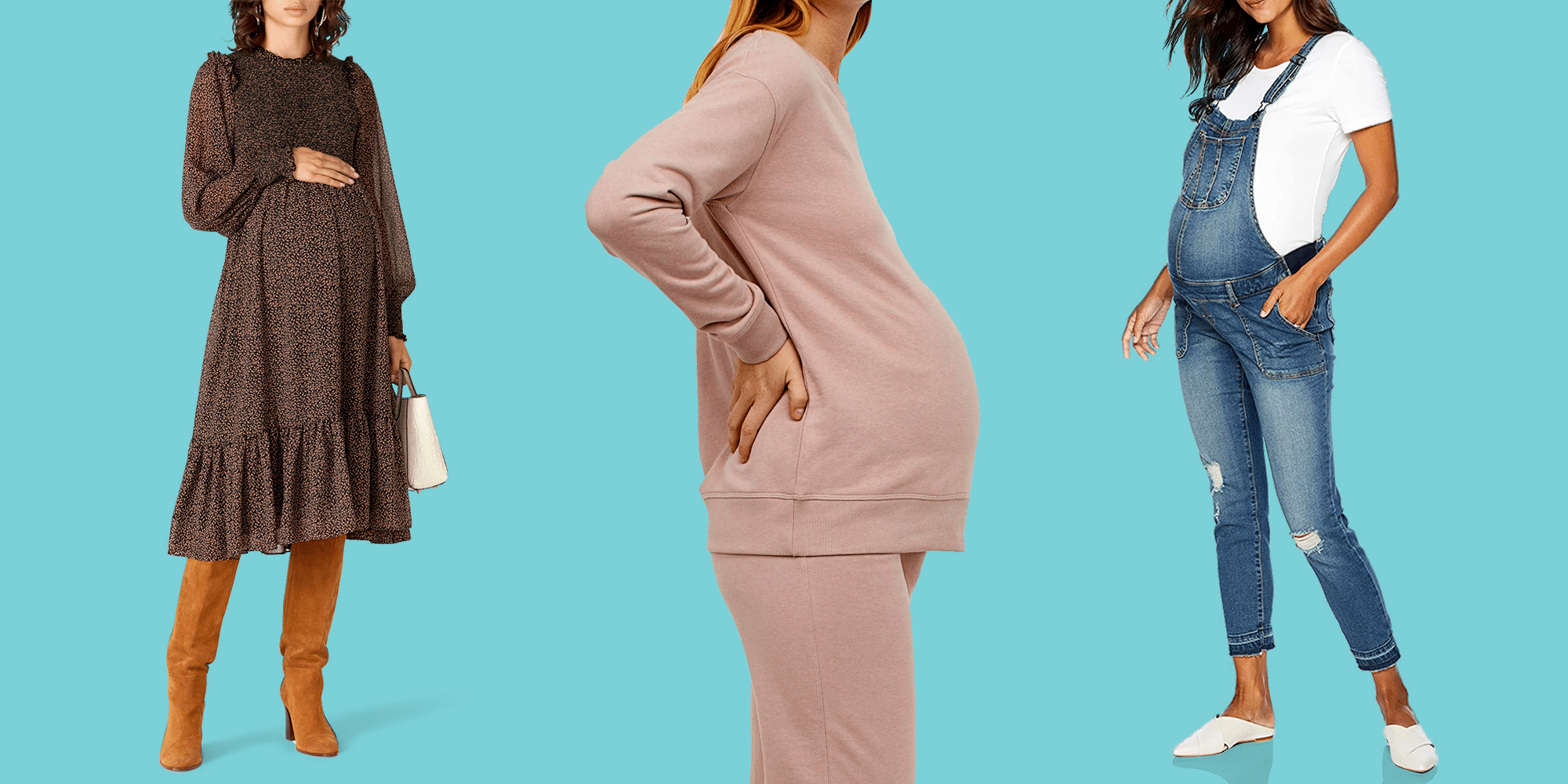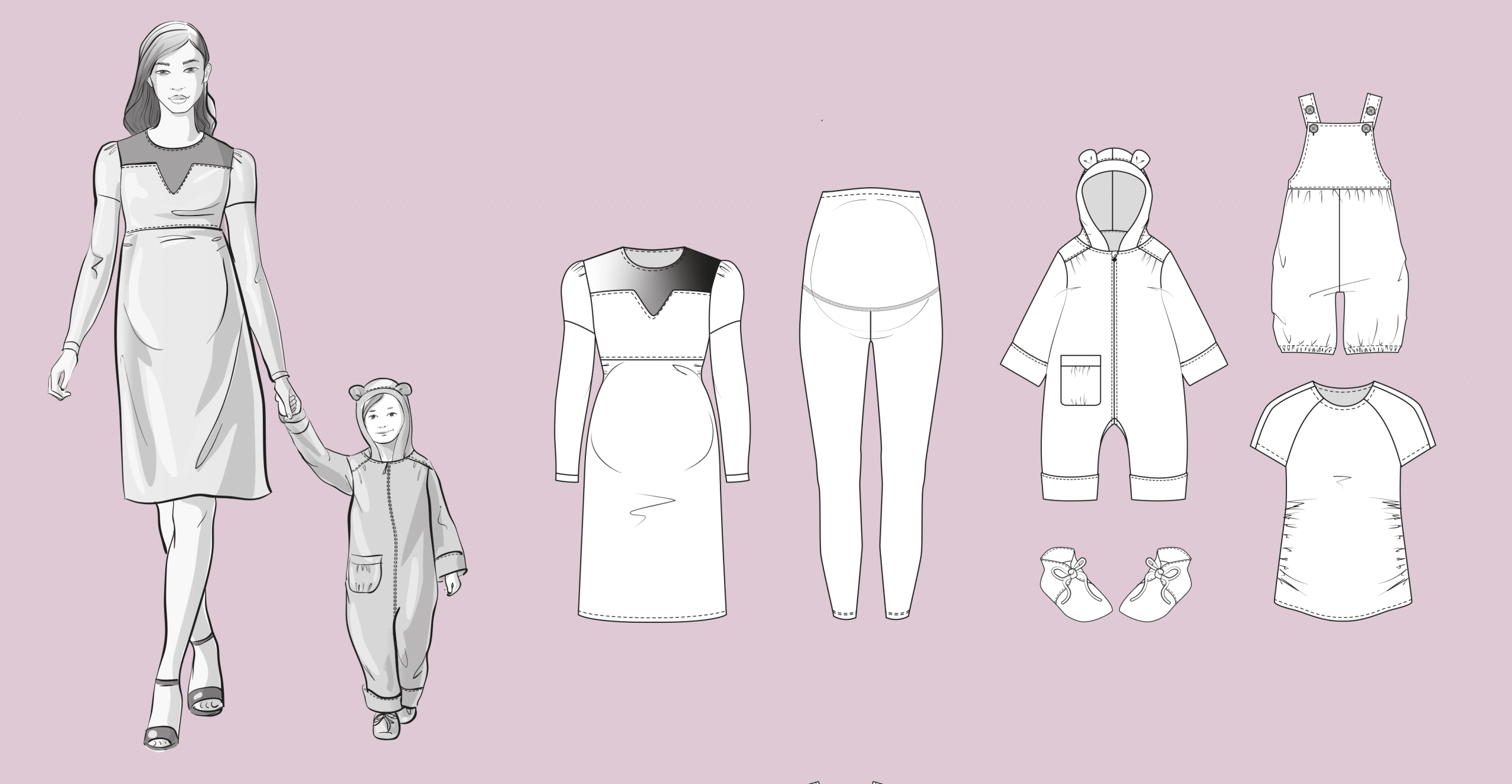The Ultimate Guide to Pregnancy Wear Fabrics
Pregnancy is a beautiful journey filled with excitement, anticipation, and many physical changes. As your body undergoes these transformations, it’s essential to prioritize comfort without compromising on style, especially when it comes to clothing. The fabric of your maternity wear is crucial in ensuring you feel comfortable and confident throughout your pregnancy. In this comprehensive guide, we’ll delve into everything you need to know about pregnancy wear fabric, from the best options to avoid to styling tips for every trimester.
Understanding the Importance of Fabric Choice

During pregnancy, your body experiences various changes, including weight gain, hormonal fluctuations, and increased body temperature. These factors can make certain fabrics uncomfortable and impractical to wear. Choosing the suitable fabric for your maternity wear can alleviate discomfort, prevent skin irritation, and promote better circulation, contributing to your overall well-being during this particular time.
Best Fabrics for Pregnancy Wear:
- Cotton:– Known for its breathability and softness, cotton is an excellent choice for maternity wear. It allows air to circulate freely, keeping you cool and comfortable, particularly during warmer months. Additionally, cotton fabrics are gentle on sensitive skin, reducing the risk of irritation or allergic reactions.
- Jersey Knit: Jersey knit fabrics are stretchy and lightweight, making them ideal for accommodating your growing bump. They offer ample flexibility and maintain their shape well, providing a flattering silhouette throughout pregnancy. Look for maternity dresses, tops, and leggings made from jersey knit for effortless style and comfort.
- Bamboo: Bamboo fabric is gaining popularity among expectant mothers due to its exceptional softness and eco-friendly properties. It has natural moisture-wicking abilities, keeping you dry and comfortable even in humid conditions. Bamboo fabric is also hypoallergenic and antimicrobial, making it suitable for sensitive skin types.
- Spandex or Lycra: These synthetic fabrics are often blended with other materials like cotton or polyester to add stretch and elasticity to maternity clothing. They allow unrestricted movement and adapt to your changing body shape throughout pregnancy. Maternity jeans, leggings, and activewear with spandex or Lycra content offer excellent support and comfort.
Modal: Modal fabric is derived from beech tree pulp and is prized for its silky-smooth texture and breathability. It drapes beautifully, making it an ideal choice for maternity dresses and tops. Modal is also resistant to shrinking and fading, ensuring your maternity garments retain their quality wash after wash.
Fabrics to Avoid

While some fabrics are pregnancy-friendly, others may cause discomfort or harm your health and well-being. Avoid fabrics that are heavy, restrictive, or lack breathability, such as:
- Polyester: Polyester fabrics trap heat and moisture, leading to discomfort and overheating, especially during pregnancy.
- Nylon: Nylon is not breathable and can cause skin irritation or chafing, particularly in areas prone to friction.
- Heavy Denim: Traditional denim jeans may feel too constricting around your waist and abdomen as your pregnancy progresses. Opt for stretchy denim or jeggings instead.
Synthetic Fabrics with Low Breathability: Fabrics like acrylic and polyester blends may exacerbate sweating and contribute to skin irritation, particularly in sensitive areas.
Styling Tips for Every Trimester

- First Trimester: During the early stages of pregnancy, you may not have a significant bump yet, but you may experience bloating and tenderness in the breast area. Choose loose-fitting tops and dresses in breathable fabrics like cotton or modal to accommodate changes in your body shape.
- Second Trimester: As your bump becomes more pronounced, embrace fitted styles that showcase your growing belly while providing support and comfort. Wrap dresses, empire waist tops, and stretchy leggings are versatile options for everyday wear.
- Third Trimester: In the final months of pregnancy, prioritize comfort without sacrificing style. Opt for maxi dresses, tunics, and maternity jeans with stretchy panels or adjustable waistbands. Layering with lightweight cardigans or jackets allows for easy temperature regulation.
Selecting a suitable fabric for pregnancy wear is essential for ensuring comfort, style, and overall well-being throughout this transformative journey. Many options cater to your unique needs and preferences, from breathable cotton to stretchy jersey knit. By choosing maternity clothing made from pregnancy-friendly fabrics and following our styling tips, you can look and feel your best at every stage of pregnancy. Embrace the beauty of motherhood with confidence and comfort in your maternity wear choices.
Share this:
- Click to share on WhatsApp (Opens in new window) WhatsApp
- Click to share on Facebook (Opens in new window) Facebook
- Click to share on Reddit (Opens in new window) Reddit
- Click to share on Pinterest (Opens in new window) Pinterest
- Click to share on Threads (Opens in new window) Threads
- Click to share on X (Opens in new window) X